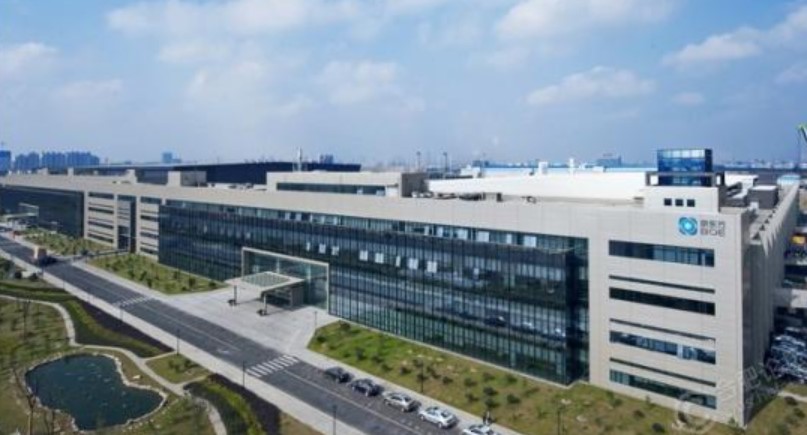I’m still collecting interesting news items that for one reason or another don’t justify a whole Display Daily. Or maybe I’m too lazy to do the research that would make a whole Display Daily worthwhile. I get that way in December. Here we go.
The Unhappiness of 5G
Yesterday, EET Asia published an article entitled “5G Faces Indoor Coverage Challenge,” which is a bit like writing a headline that says “Sun to Rise in East Tomorrow.” But it’s the details that made reporter John Walko’s article interesting. Walko cited the statistic that 80 percent of mobile calls and data traffic originate inside homes and commercial buildings. A recent Ericsson report projects that the average monthly smartphones traffic in North America will grow to 45 GB per month in 2025 from 8.5 GB last year. Some of that traffic will be carried by WiFi, but many companies are betting that interior mmWave 5G will be needed to shoulder the rest of the load.
As our late colleague Matt Brennesholtz eloquently explained, (Boundless Enthusiasm for 5G NR) mmWave 5G does not penetrate exterior or interior walls, so antennas are needed to bring the signals into a building (let’s focus on commercial buildings for now), and a distributed antenna system with lots of antennas is needed to provide a usable signal throughout the building.
These systems are complex, but a variety of companies — including Ericsson, Nokia, Qualcomm, Samsung, Verizon, Huawei, and Deutsche Telecom — are working on chips, antennae, modules, and system architectures to implement in-building mmWave coverage. The not-yet-answered question is who will be willing to pay to have such systems installed in new or existing buildings. WiFi-6 anybody?
OLEDs are not Easy
Gijong Lee, writing in the Korean online publication The Elec in mid-November, reported that Chinese display giant BOE, has again failed to pass an Apple review. Passing the review would have allowed BOE to supply OLED panels for the next generation of Apple iPhones. (Will Apple really call the new generation iPhone 13, or will it skip to 14?) As a result the new generation will probably use only Samsung and LG panels, as is true for the iPhone 12.
Apple’s review of BOE’s B7 line in Chengdu started in September, reported Lee, but terminated in October with a failing grade. BOE can try again in H1’21, but even if successful, BOE would probably be too late for the iPhone 13’s roll-out. They could be used for refurbished iPhone 12 models.
Earlier this year, BOE’s newer B11 line in Mianyang also failed to pass Apple’s review because of a low manufacturing yield of approximately 20 percent (Fig. 1).
 Fig. 1 A pre-construction rendering of BOE’s B11 OLED plant in Mianyang, Sichuan. Earlier this year, the plant had a manufacturing yield of 20% and failed an Apple review. (Rendering: BOE)
Fig. 1 A pre-construction rendering of BOE’s B11 OLED plant in Mianyang, Sichuan. Earlier this year, the plant had a manufacturing yield of 20% and failed an Apple review. (Rendering: BOE)
It’s worth remembering that Samsung spent years bringing the manufacturing yield of its RGB OLED phone displays to an acceptable level, and it is only recently that the yield of LG Display’s color-by-white OLED TV displays has improved to the point that LG’s OLED TV business could be profitable. (KW)
Ken Werner is Principal of Nutmeg Consultants, specializing in the display industry, manufacturing, technology, and applications, including mobile devices, automotive, and television. He consults for attorneys, investment analysts, and companies re-positioning themselves within the display industry or using displays in their products. He is the 2017 recipient of the Society for Information Display’s Lewis and Beatrice Winner Award. You can reach him at [email protected] or www.nutmegconsultants.com.

